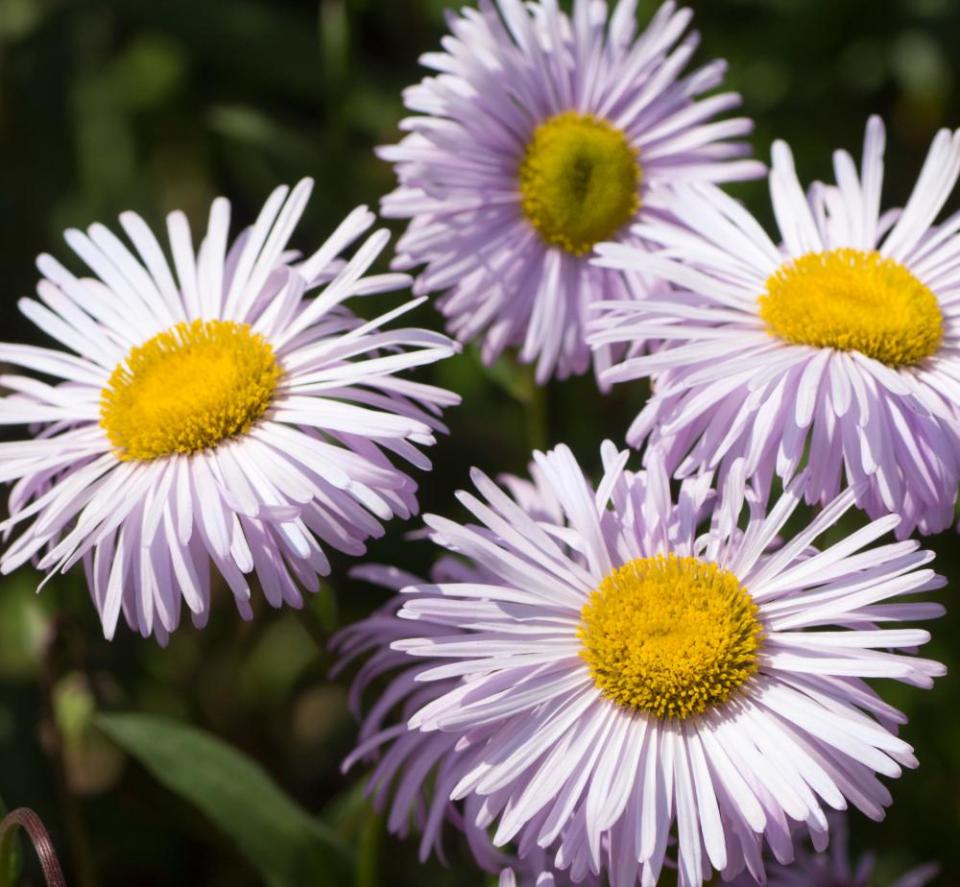How to grow Mexican fleabane

The delicate, daisy-like flowers of Mexican fleabane, Erigeron karvinskianus, need little introduction. It’s the plant of walls and pavement cracks that, if happy, will seed itself effortlessly into improbably small spots. The first time I became aware of it was when I had to mow the ridiculously perfect strips of lawn that sit either side of Wisley’s formal pond – a task I was always going to fail, because I am not the sort to make straight lines. I wasn’t doing badly at the start, but veered off wildly when I saw this little daisy spilling out down the steps: after all the restrained formality of rectangles, planes and lines, here was a wild thing cascading with gay abandon.

Hailing from the sunny climes of Mexico and Central America, you’d imagine Mexican fleabane might want to bake all day long; it certainly wants some sun, but it is far more tolerant of shade than you might imagine. What it wants more than anything else is free-draining soil, hence the reason it tends to like crevices so much.
But it is just as happy in a pot as in a crack. Be consistent with watering. Let it dry out in between, but not so long that it flops with thirst or its leaves burnish red and then purple, and it will positively thrive, self-seeding into other pots and containers. That is the theme with this one, it likes to get around.
Related: How to grow cucurbits: pumpkins, courgettes and cucumbers | Alys Fowler
It’s a very good choice for window boxes that receive some sun, and it will gently flop over the edges for a wild, romantic look. The best part is that it flowers its socks off (hence all that seed). It starts in the warmth of spring and goes right through to autumn.
The straight species is easy enough to find; there’s also a new form called ‘Lavender Lady’ ( Claire Austin, Wildegoose Nursery and Crocus all do mail order). This has delicate lilac flowers, rather than the usual white with a pink flush. Less common is the lovely E. speciosus ‘Quakeress’ , which is a taller, floppier thing that grows to 60-70cm high and has delightful pale blue-grey flowers (said to be the grey of Quaker women’s clothing). The flowers are larger than E. karvinskianus and have longer petals. It suits the middle of the border or a very large pot, and will need something to hold it up. It flowers from now until August, and needs full sun and well-drained soil. In a mild winter, any of these plants can get a little lank in growth; a gentle trim in autumn is the solution.


